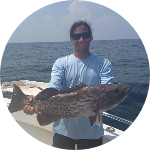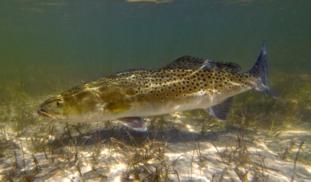Please wait...
About This Project
Center for Fisheries Research and Development, The University of Southern Mississippi
Spotted seatrout (Cynoscion nebulosus) is the most popular recreational species along the coast of Mississippi. Although we have a general understanding about the prey species spotted seatrout eat, stomach contents of fish collected during the day are often too digested to identify beyond broad categories like fish or shrimp. We will sample spotted seatrout from the late evening to early morning, a time believed to be their most active feeding period.
More Lab Notes From This Project

Browse Other Projects on Experiment
Related Projects
How do polar bears stay healthy on the world's worst diet?
Polar bears survive almost entirely on seal fat. Yet unlike humans who eat high-fat diets, polar bears never...
Uncovering hidden insect diversity associated with a likely undescribed gall-forming midge
Does a likely undescribed species of gall-forming midge (pers. comm. Ray Gagné) on Eriodictyon plants (Yerba...
Macrofungi of the California archipelago
The eight islands of the California Archipelago are a well-studied biodiversity hotspot — but we know almost...



